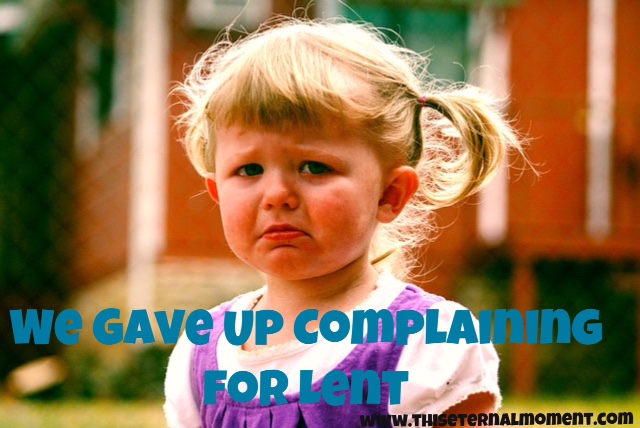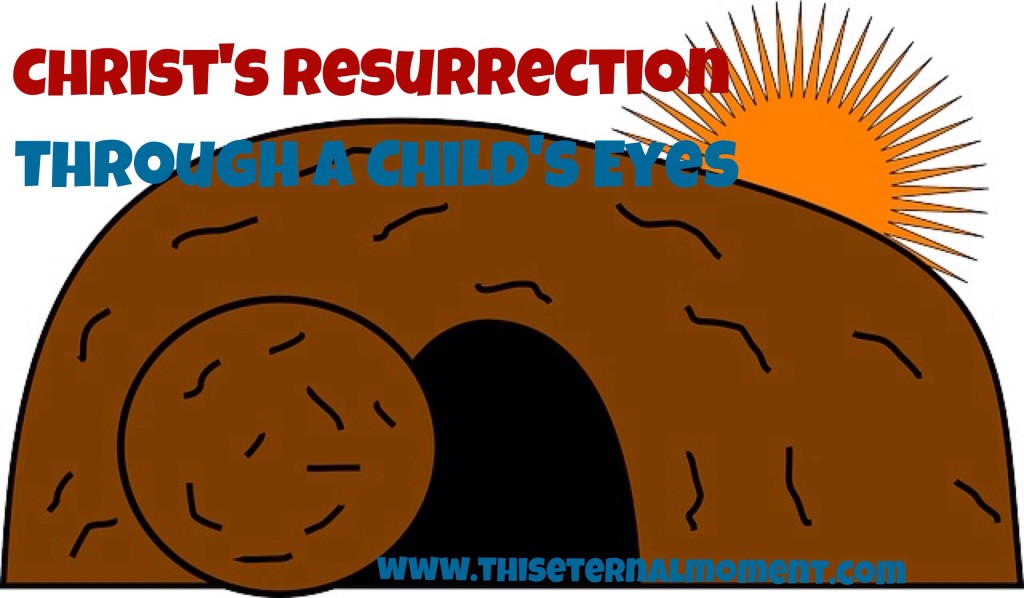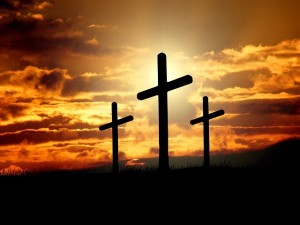
This year, our family is observing the Lenten fast in a rather unorthodox fashion. While food items such as meat or sugar are often fasted, this year we have decided to do something quite different: We’ve decided to give up complaining for Lent.
Yes, you heard me right. Complaining. It’s easy when your life mostly consists of first world problems to start getting picky and stop being thankful.
God’s word is very clear about complaining – He says very clearly again and again, “DON’T DO IT.” Philippians 2:14 says, “Do all things without complaining or arguing.”
In contrast, God tells us, “Give thanks in all circumstances; for this is the will of God in Christ Jesus for you” (1 Thessalonians 5:18).
Put Off Complaining, Put On Thanksgiving
It’s not enough to stop whining and complaining. While the old adage, “If you can’t say anything nice, don’t say anything at all” rings true, there is an important element missing.
While at times we may be able to bite our lip and suck in our snarkyness (is that a word?) and agitation, if we are grumbling in our hearts nothing has changed.
Don’t get me wrong – there are times it will take everything we’ve got just to keep our tongues from spewing out molten lava of negativity. And that’s important! Because what we say has a strong impact on the people around us. They either leave our presence uplifted or discouraged.
Beyond those “molten lava” moments, our family is trying to grab hold of a new practice. Scripture clarifies that we are not only to “put off” the unfruitful deeds of our sinful flesh, but also to “Put on your new nature, and be renewed as you learn to know your Creator and become like him” (Colossians 3:10).
Write Down Your Complaints – God Can Handle It!

Psalm 142:2 says, “I pour out my complaints before him and tell him all my trouble.”
I started by putting a long sheet of butcher’s paper on one of the doors near our kitchen. I wrote on the top left side “Complaints.” On the top right hand side I wrote “Thanks to God.” Then I told our family that if they had a complaint, they could write it to God on the wall.
Sometimes we don’t even realize what we are saying, but as we write it down, our thoughts become clear. When one of my daughters complained that she couldn’t have cheese (we have stopped giving her dairy due to skin problems) I said, “I understand that’s frustrating – let’s go write it on the wall.”
She wrote something to the effect of, “I’m tired of not having cheese!!” There was definitely an exclamation point involved.
But then my husband asked her, “Well, have you seen anything positive come from giving up cheese, though? Anything to thank God for?” She admitted that yes, her eczema is getting much better, so she wrote that down on the right side of “Thanks to God.”
Writing out our complaints to God and seeking to turn them into thanksgiving has not only helped us to become more aware of our negative attitudes but has also caused us to recognize gifts that God is giving us in that area of perceived lack.
Experts say that habits are a process, not an event. We’re not going to be “complaint-free” by Easter. But we’re getting started on the right path which will hopefully lead us to a deeper place of contentment and trust in the Lord as a family and as individuals. We’re giving space and grace for failure and we’re focusing on holding one another accountable.
And long after our “complaint/thanksgiving wall” is filled to the full, we will hopefully keep up the practice. Won’t you join us? Perhaps lying beneath some of your strongest complaints are some of your greatest blessings.





